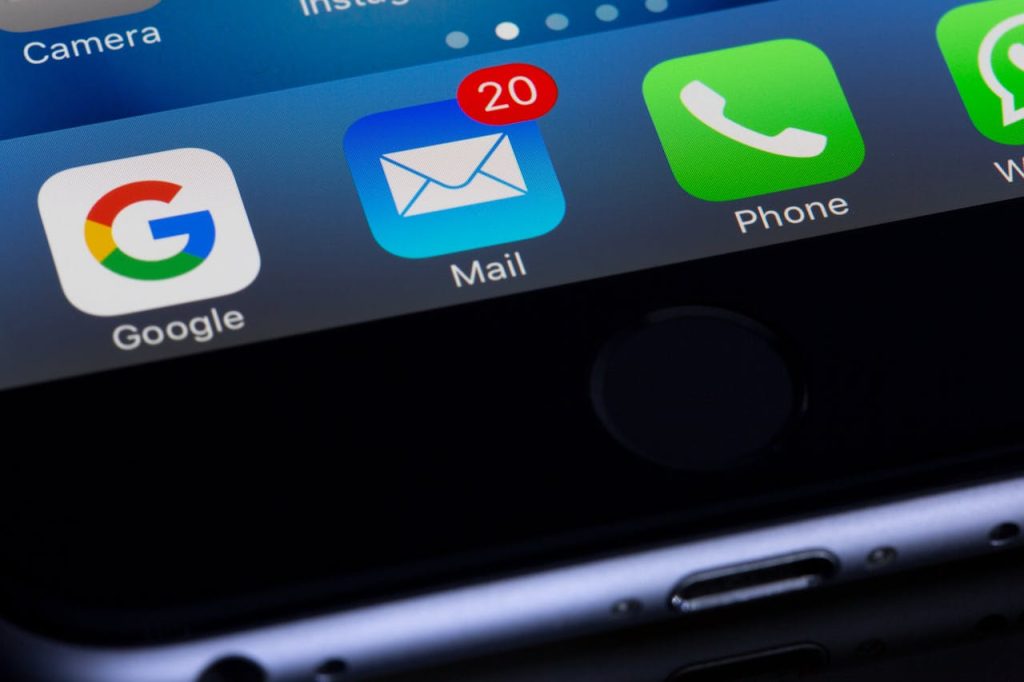
Email scams are everywhere. They show up in your inbox when you least expect them. Some look like messages from your bank. Others pretend to be from the IRS or a company you trust. These scams can cost you money, steal your identity, or even lock you out of your accounts. Spotting a financial scam in your email isn’t always easy, but knowing what to look for can save you a lot of trouble. Here are eight email formats that often signal a financial scam in disguise.
1. The “Urgent Action Required” Email
Scammers love urgency. If you get an email saying you must act now or lose access to your account, pause. These emails often claim your account is locked, your payment failed, or your information needs updating. The goal is to make you panic and click a link without thinking. Real companies rarely demand immediate action by email. If you’re unsure, go directly to the company’s website or call their official number. Don’t use links or numbers in the email.
2. The “Unusual Login Attempt” Notification
You might get an email saying someone tried to log in to your account from a strange location. It looks official, maybe with a logo and a warning. The message urges you to click a link to secure your account. This is a common financial scam email format. The link often leads to a fake login page that steals your password. If you get a message like this, check your account by typing the website address yourself. Don’t trust the email’s links.
3. The “You’ve Won a Prize” Message
Winning money or a gift card sounds great. But if you didn’t enter a contest, it’s probably a scam. These emails say you’ve won a lottery, sweepstakes, or some other prize. To claim it, you need to provide personal or financial information. Sometimes, they ask for a small “processing fee.” Real contests don’t ask for money to claim a prize. If it sounds too good to be true, it usually is.
4. The “Bank Account Verification” Request
This one looks like it’s from your bank. The email says there’s a problem with your account and asks you to verify your details. It might use your bank’s logo and colors. But the link goes to a fake site that collects your information. Banks don’t ask for sensitive details by email. If you get a message like this, call your bank using the number on your card or their official website. Never share your account number, password, or PIN by email.
5. The “Tax Refund Notification” Email
Tax season brings a wave of scam emails. Some claim you’re owed a refund. Others say there’s a problem with your return. These emails often look like they’re from the IRS or another tax agency. They ask you to click a link or download a form. The IRS does not contact people by email about refunds or problems. If you get a message like this, delete it.
6. The “Suspicious Payment” Alert
You might get an email saying a large payment was made from your account. The message urges you to review the transaction by clicking a link. This is a classic financial scam email. The link may install malware or take you to a fake site. If you’re worried about a real payment, log in to your account directly—not through your email. Check your recent transactions there.
7. The “Invoice Attached” Trick
Some scam emails come with an attached invoice or receipt. The message says you owe money for a service or product you never bought. The attachment may contain malware or a virus. Never open attachments from unknown senders. If you get an invoice for something you didn’t buy, delete the email. If you’re unsure, contact the company using their official website.
8. The “Charity Request” After a Disaster
After a big news event or natural disaster, scammers send emails asking for donations. They use real charity names or make up new ones. The email may have a sad story and a link to donate. These financial scam emails prey on your kindness. If you want to help, go to the charity’s official website and donate there. Don’t trust links in emails, even if the cause seems urgent.
Staying Safe: Trust Your Instincts and Double-Check
Financial scam emails are getting harder to spot. Scammers use real logos, official-sounding language, and even your name. But the signs are there if you know what to look for. Always be cautious with emails about money, accounts, or personal information. If something feels off, trust your gut. Go directly to the company’s website or call them. Don’t click links or download attachments from suspicious emails. Staying alert can protect your money and your identity.
Have you ever received a financial scam email? What tipped you off that it wasn’t real? Share your story in the comments.
Read More
5 Premium Funeral Plans That Can Scam Families out of Thousands of Dollars
What Scams Are Targeting Retirees While You Still Trust Your Phone
The post 8 Email Formats That Signal a Financial Scam in Disguise appeared first on The Free Financial Advisor.







